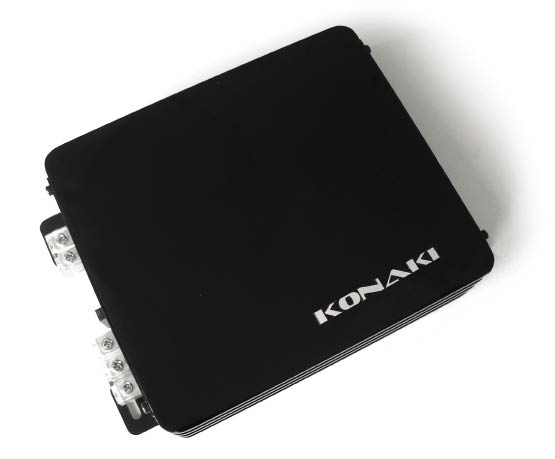Okay, let’s face it, unless you are independently wealthy or raking in big dough through some high paying job, we all have to spend our audio budgets wisely. And this situation is exactly what the folks at Konaki completely understand. For several years they’ve been turning out great quality products at relative bargain prices, with the motto, “Quality does not have to be expensive.” To prove the point, they recently sent us an early sample of their budget oriented, but high performance Class D subwoofer amplifier, the KO-NA3601. Priced at only $199.99 (USD), the amplifier is purported to provide a lot of bang for the buck. Let’s take a look and see if it delivers.
FEATURES
When I opened the box, I found the Konaki amp shipped inside of a velvet-like drawstring bag, which protects it from dust and scratches during shipping. Pulling the amp out of the bag, I discovered a small heatsink with four thick horizontal fins down each side, and a flat top. The heatsink is finished in gloss black powdercoat, with a diamond cut Konaki badge on the top. Following a currently popular styling
cue, the corners of the small heatsink are rounded, and to see just how small it was, I measured it at a diminutive 8.5 x 6 x 2 inches, so the KO-NA3601 is certainly small enough to allow it to be mounted
in virtually any available area. The amp is designed to be mounted via 4 traditional slotted mounting tabs that will accept up to a #10 screw. Mounting screws and a wired remote control are included. The amp is a traditional Class D design, and is capable of driving load impedances down to 1 ohm.
All of the wiring connections are made on the opposing ends of the amp. One side is occupied with the power, ground, turn-on and speaker connections, as well as a pair of 40A ATC fuses. The opposite end of the amp has a pair of RCA input connectors, a 1/8-inch jack for the wired remote level control, and a pair of LEDs to indicate power-on and protection status. I know what you’re thinking, if that’s it, where are the adjustments?
Well, considering that improperly set amplifier controls create the vast majority of sound quality complaints as well as amplifier failures, the creative minds at Konaki decided to mount them on the bottom side of the amplifier, where they can’t be easily messed with by every would-be expert who happens to stick his nose in the trunk.
Once the controls are adjusted and the amp is bolted down, there are no adjustments possible without un-mounting the amp. Sure, this is a bit unconventional, and I know some will complain about the inconvenience, but in the long run it just may result in a better sounding, more reliable installation. The bottom mounted controls consist of adjustments for input sensitivity (gain), a -12dB/Oct Low Pass filter adjustable from 40-180Hz, and a variable frequency Subsonic filter, which adjusts from below audible frequencies to a high point of 50Hz.
Since I had the amp upside down in front of me, it was a perfect opportunity to remove the bottom cover and examine the guts of the amplifier. What I found inside was a well built double sided PCB, using predominately 0% tolerance surface mount parts. The terminals are plenty beefy for an amplifier of this power level, and all the parts were well placed and soldered.
The power supply uses a pair of TO-220 case MOSFETs, as does the output section. Power supply capacitance is handled by three 25V 2200µF high temperature caps, and the output section has a total of 6600µF of capacitance. In the interest of reliability, these are also of the high temperature variety and have a working voltage of 50V. Output filtering on a Class D amplifier is crucial to good performance, and the KO-NA3601 is equipped with a quality inductor and high speed poly caps to remove the switching noise generated by the high efficiency Class D design.
Read on for Results
Related Articles
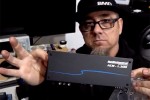 Steve Meade Unboxes, Plays and Dyno Tests the AudioControl ACM Micro Amplifiers
Steve Meade Unboxes, Plays and Dyno Tests the AudioControl ACM Micro Amplifiers
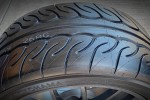 Yokohama Advan Neova AD08R Tire Review
Yokohama Advan Neova AD08R Tire Review
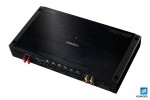 Kenwood XR600-6DSP Amplifier Review
Kenwood XR600-6DSP Amplifier Review
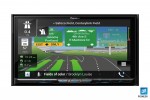 Pioneer AVIC-8400 NEX DVD/NAV Receiver Review
Pioneer AVIC-8400 NEX DVD/NAV Receiver Review
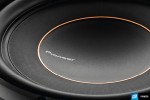 Pioneer TS-D12D2 12” Subwoofer Review
Pioneer TS-D12D2 12” Subwoofer Review
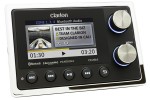 Clarion CMS4 Multi-Zone Marine Receiver Review
Clarion CMS4 Multi-Zone Marine Receiver Review


